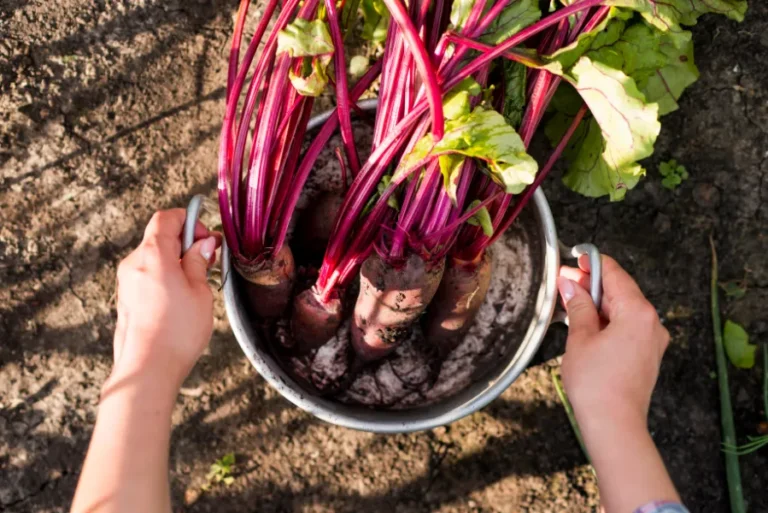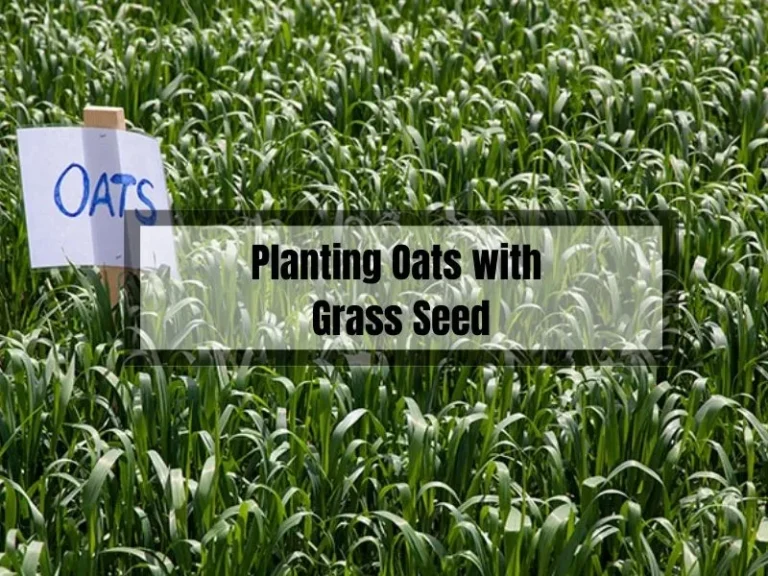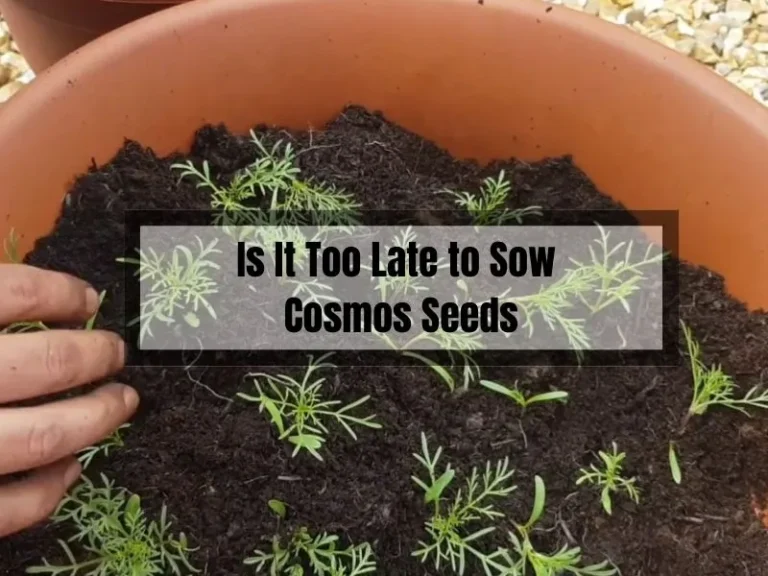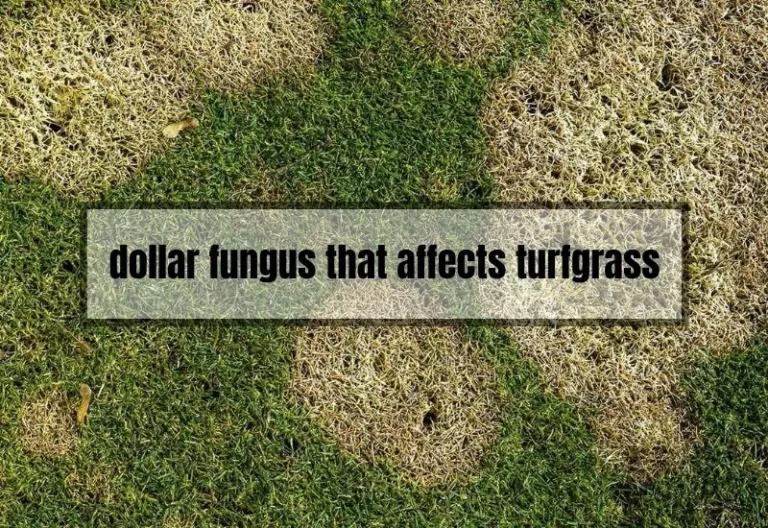The Ultimate Guide to Grass Clipping Disposal: How to Do It Right
Calling all lawn enthusiasts! Are you tired of grass clippings piling up and taking over your lawn? Fear not, as we’ve got you covered in this article. Grass clippings are a common byproduct of lawn care, but managing them properly is crucial to maintaining a healthy and vibrant lawn.
In this post, we’ll take you on a journey through the world of grass clippings, exploring what happens to them and providing you with essential tips to make the most of them. From composting to recycling, we’ve got everything you need to know to ensure your lawn stays in tip-top shape.
So, let’s dive in and discover the secrets to proper grass clipping management – your lawn will thank you!
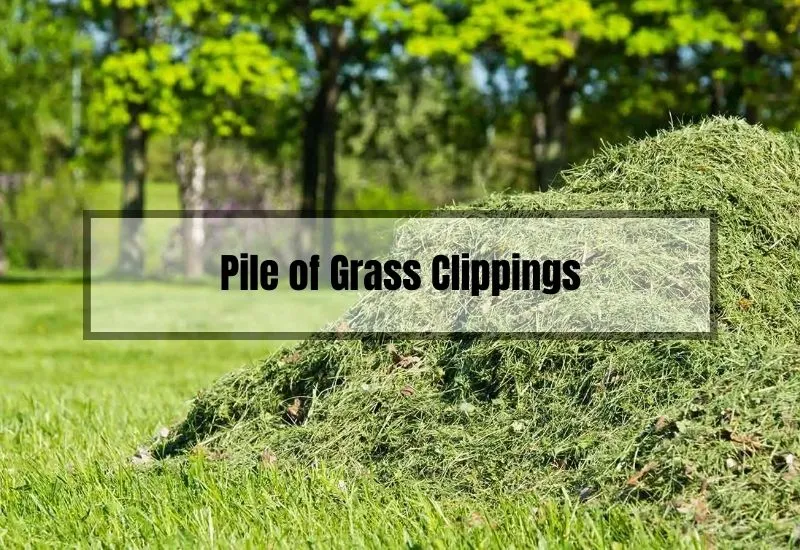
What Happens to a Pile of Grass Clippings?
First things first, let’s talk about the decomposition process. When grass clippings are left in a pile, they start to break down and release nutrients back into the soil.
This is great news for your lawn, as it can use those nutrients to stay healthy and vibrant. So, recycling grass clippings back into your lawn is like giving it a little boost of natural goodness!
The Benefits of Recycling Grass Clippings
Now that we know what happens to grass clippings, let’s talk about the benefits of recycling them.
Nutrient Recycling
Grass clippings are packed with nutrients that your soil will love. By recycling them, you’re essentially giving your lawn a delicious dose of natural fertilizer.
Plus, since you’re returning those nutrients to the soil, you won’t need to use as much synthetic nitrogen fertilizer. It’s a win-win for both your lawn and the environment!
Soil Improvement
If your soil is sandy, heavy clay, or low in organic matter, grass clippings can help improve its texture and quality.
Adding organic matter from the clippings can improve the soil’s structure, making it more fertile and better at retaining moisture.
Mowing Practices
Regular mowing can greatly reduce the need for clipping collection. Just remember not to cut more than 1/3 of the grass height at once.
This will help keep your lawn looking neat and tidy while also making it easier to manage those pesky clippings.
Debunking the Thatch Myth
There’s a myth floating around that leaving grass clippings on your lawn can contribute to thatch buildup. But don’t worry, I’m here to set the record straight!
Thatch is a layer of undecomposed organic matter that builds up between the soil surface and the actively growing green vegetation. Leaving clippings on the lawn does NOT contribute to thatch buildup. In fact, clippings are composed of water and easily-degradable compounds that break down rapidly and don’t accumulate.
The real causes of thatch include:
- Vigorous grass varieties
- Excessive nitrogen fertilization
- Infrequent mowing
- Low soil oxygen levels (found in compacted or waterlogged soils)
When Should you Collect Grass Clippings?
While leaving clippings on the lawn is generally a good idea, there are a few exceptions to this rule. You should collect grass clippings when:
- The lawn is heavily infested with diseases like leaf spot, rust, or dollar spot
- The lawn is wet, or the grass has grown too tall when you mow, causing the clippings to mat together and smother the grass
- Your mower is unsafe to operate without a bagging attachment
- Clippings land in a curb and gutter area, where they could end up in storm drains or negatively impact water quality
Using Grass Clippings as Mulch
Grass clippings make for an excellent mulch, providing a variety of benefits for your garden. Here are a few guidelines to keep in mind when using them as mulch:
- Don’t apply more than 1 or 2 inches of grass clippings at one time
- Use dry clippings, as wet grass clippings can mat down and reduce oxygen and moisture from reaching the soil
- Be cautious when using clippings from a lawn that was recently treated with an herbicide for dandelions or other broadleaf weeds, as this may harm your plants. Consult the herbicide product label for any concerns related to using clippings as mulch.
Composting Grass Clippings
Composting is another fantastic way to make use of your grass clippings. The composting process involves mixing grass clippings and other plant materials with a small amount of soil containing microorganisms that decompose organic matter.
Grass clippings are excellent additions to a compost pile because of their high nitrogen content. However, it’s essential not to use grass clippings as the only compost material.
A thick layer of grass clippings in a compost pile can lead to bad odors from anaerobic decomposition. Instead, mix them with dry materials like leaves or straw for a well-balanced compost pile.
Frequently Asked Questions (FAQs)
Can I use grass clippings as mulch if I recently applied herbicides to my lawn?
It’s best to avoid using grass clippings as mulch if your lawn was recently treated with herbicides. These chemicals can harm your plants. If in doubt, consult the herbicide product label for any concerns related to using clippings as mulch.
How thick should the layer of grass clippings be when using them as mulch?
When using grass clippings as mulch, apply no more than 1 or 2 inches at one time. This will help ensure proper oxygen and moisture levels in the soil.
What other materials should I mix with grass clippings in my compost pile?
To create a well-balanced compost pile, mix grass clippings with dry materials like leaves or straw. This helps prevent bad odors from anaerobic decomposition and promotes a healthy decomposition process.
Can leaving grass clippings on my lawn cause harm to the grass?
Generally, leaving grass clippings on your lawn is beneficial. However, if the lawn is wet, or the grass is too tall when you mow, clippings can mat together and smother the grass. In these cases, it’s better to collect the clippings.
How often should I mow my lawn to reduce the need for clipping collection?
Mowing frequency depends on factors like grass type, growth rate, and weather conditions. A good rule of thumb is to mow your lawn often enough to avoid cutting more than 1/3 of the grass height at once. This will help minimize clipping collection and maintain a healthy, well-groomed lawn.
Conclusion
And there you have it, folks! We’ve covered the ins and outs of grass clippings, from decomposition to recycling, debunking myths, proper collection, mulching, and composting. With this knowledge under your belt, you can make the most of those grass clippings and keep your lawn looking fabulous.
So, go forth and show your lawn some love by recycling, mulching, or composting those grass clippings. Your lawn, garden, and the environment will all benefit from your efforts. Happy mowing!
Related Posts:
- Understanding the Effects of Manure in Lawn Fertilization: Does It Promote Grass Growth
- Unmasking Dollar Spot: Does It Really Kill Your Grass
- Expert Solutions for Dealing with Excessive Grass Clippings on Your Lawn
- Keeping Your Turf Healthy: How to Prevent Dollar Fungus Damage
- Is Dollar Spot Fungus Dangerous? Exploring Its Impact on Human Health

